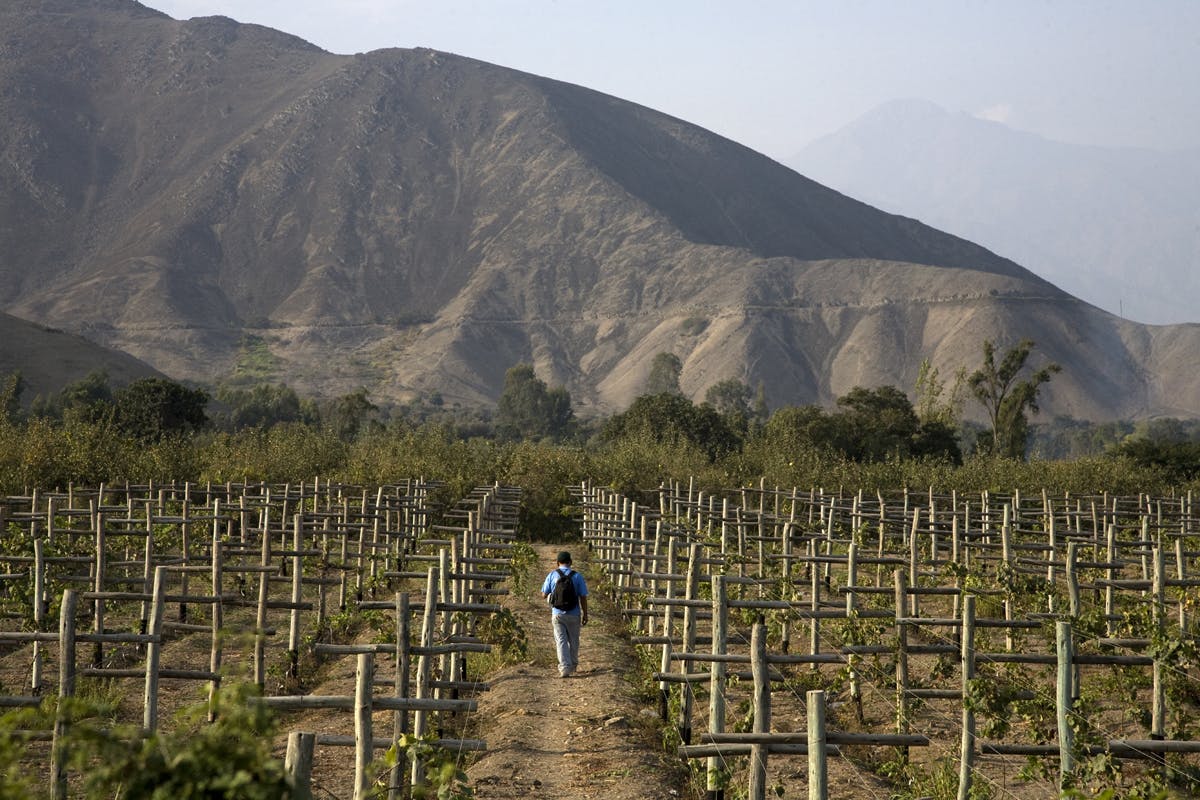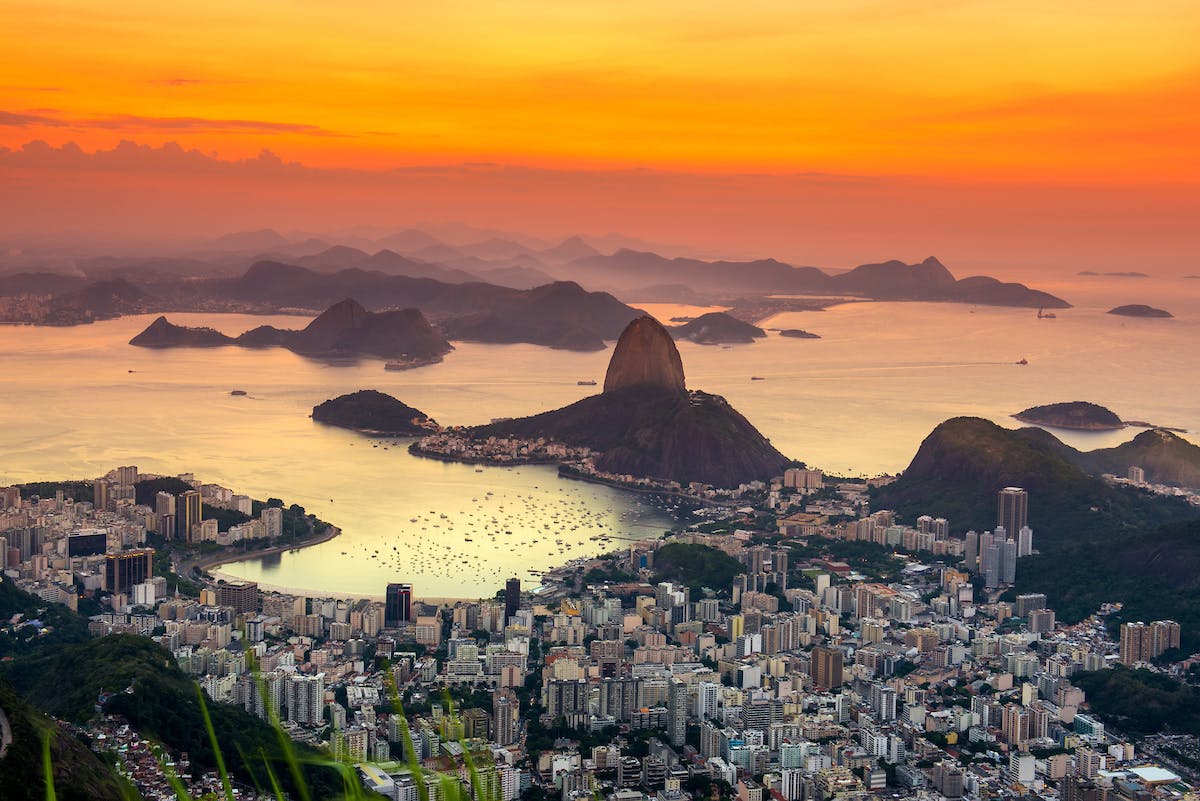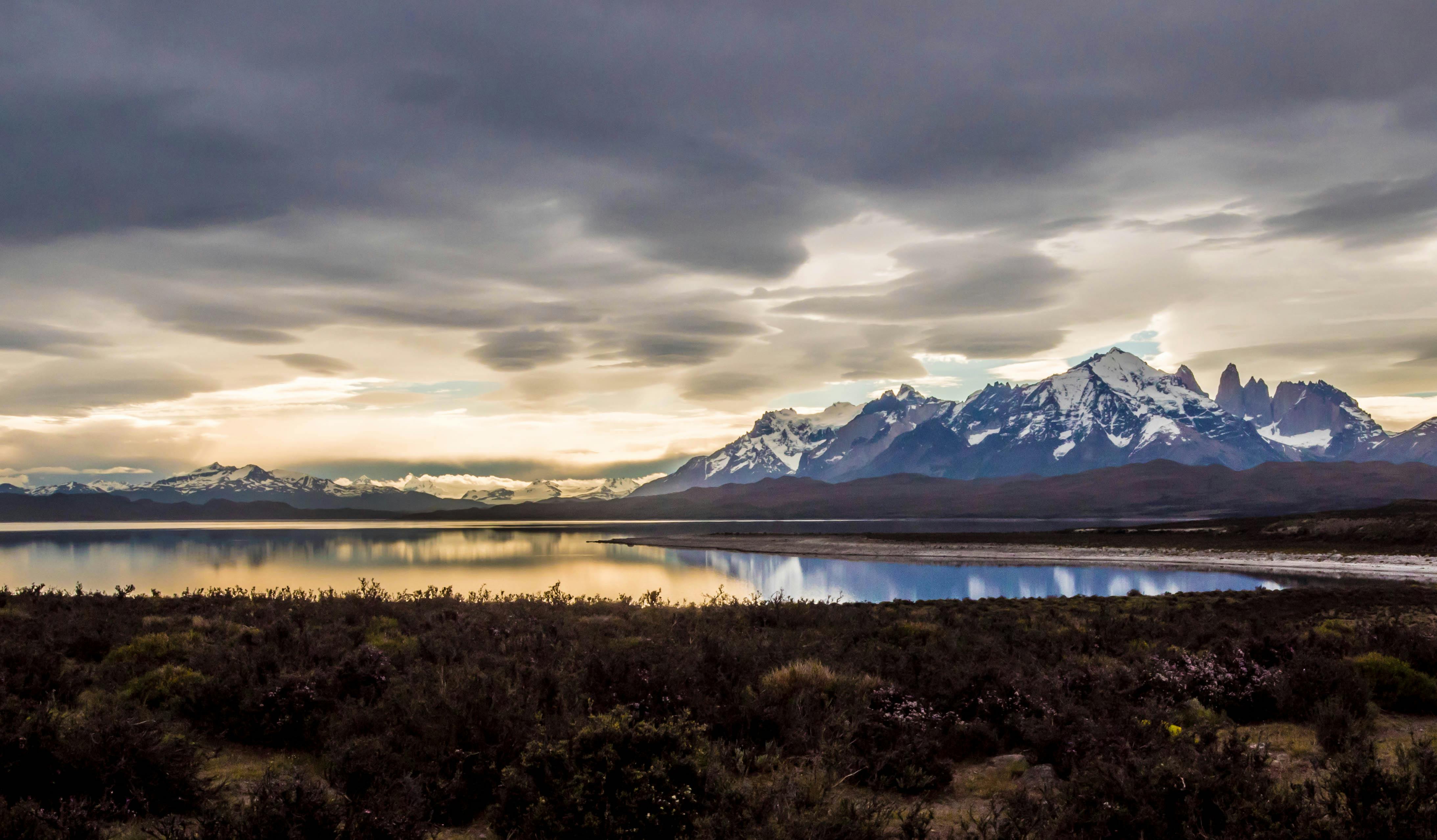The Origin and Allure of Chilean and Peruvian Pisco
If you are traveling along the Pacific Coast of Peru and Chile, and you’re not opposed to the occasional tipple, you will likely come across the spirit called pisco that tastes like brandy. You will likely have pisco sour, the most famous cocktail made with pisco, after (or sometimes during) iconic travel experiences in the region, such as visits to Machu Picchu or cruises to South America that pass by glaciers in the Chilean fjords. Somewhere along the way you will fall in love with Chilean or Peruvian pisco and buy a bottle to take home, either right at a pisco distillery or even at an airport liquor store. This is how it usually plays out.
It’s easy to be enchanted by pisco, even when we aren’t quite sure what it is. Surreal scenery and a strong drink just seem to go together sometimes. Yet, for something that has such a strong appeal to travelers, you might be surprised to learn that pisco is an even more heated subject among Peruvians and Chileans, which both claim the spirit as their own.
Although most spirit professionals have come around to the fact that there is great pisco to be found in both Peru and Chile, most residents of those countries would not touch the pisco of the other until somewhat recently. But are the two versions really that different?
The origins of Pisco
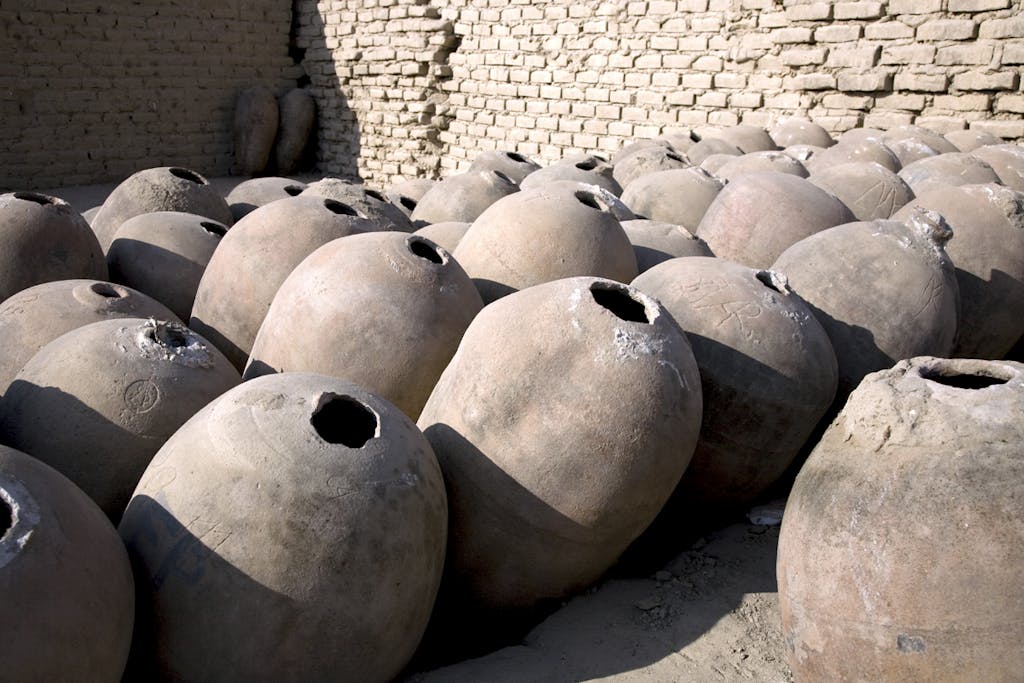
The word “pisco” has existed long before the spirit. It refers to the Quechua name for bird and was likely used widely. After that, everything gets a little murky. Many of the first vineyards planted by the Spanish in South America were in Peru, around 1553. They started producing so much wine that it was undercutting sales of Spanish wine, so the Spanish crown started to place limitations on vineyards.
The pressure caused some producers to start distilling their grape juice around the end of the 16th century and early 17th century. They called it pisco, which was the name of the clay vessels it was stored in, as well as a port south of Lima where much of it was exported from. By the late 1700s, after a major earthquake decimated the wine industry, and wine loving Jesuits were expelled from the area, pisco production dominated that of wine in Peru.
Over the next century, pisco production became more prevalent in the Vice Royalty of Peru, which includes the Ica region of modern-day Peru and the Elqui Valley in modern day Chile. After both countries achieved independence, and especially after the War of the Pacific from 1879 to 1884, their pisco production started to take different turns, formulating different rules for what constitutes a pisco. They sometimes use different grapes and the processes can vary between countries. Peru tends to be stricter in how pisco should be produced, while Chile is more open to experimentation — and the differences between the two can result in wildly different spirits.
While historians from both countries still argue over different written records about where the term pisco was first used, in 2013 the European Commission declared the town of Pisco in Peru to be the geographical origin of the alcohol and Peru was granted rights to advertise it this way in European markets. Still, both countries still use the name pisco when exporting it around the world and are protected by a Denomination of Origin.
Peruvian pisco today
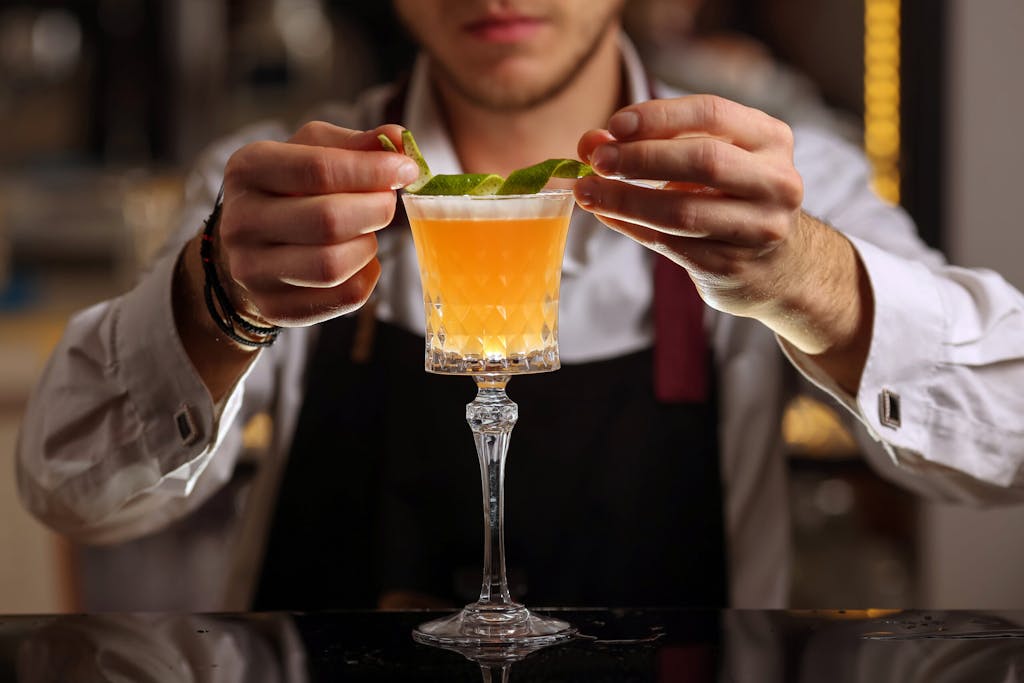
Stricter rules for distillation have given Peru a reputation for quality over quantity, though it has also limited the scale of each producer. In general, Peruvian pisco is an artisan product, created by thousands of small distillers scattered across the five official Denomination of Origin departments of Lima, Ica, Arequipa, Moquegua and Tacna. It can only be produced using copper pot stills, can never be diluted and must be aged for a minimum of three months in neutral vessels that do not alter it in any way. Only eight grapes can be used: the Aromatic varieties Italia, Torontel, Albilla and Moscatel, as well as the non-aromatic Uvina, Quebranta, Mollar and Negra Criolla. The resulting piscos can be puro, or from a single varietal, or acholado, a blend. There’s also a product called mosto verde, when the pisco is distilled from partially fermented must prior to the fermentation process.
The strict rules have ensured that the basic level of every spirit legally labeled pisco produced in Peru to be quite high. It’s why the country’s piscos are more awarded and exports of Peruvian piscos have skyrocketed in recent years. At high-end cocktail lounges around the world, Peruvian piscos have become the clear favorite.
Chilean pisco today
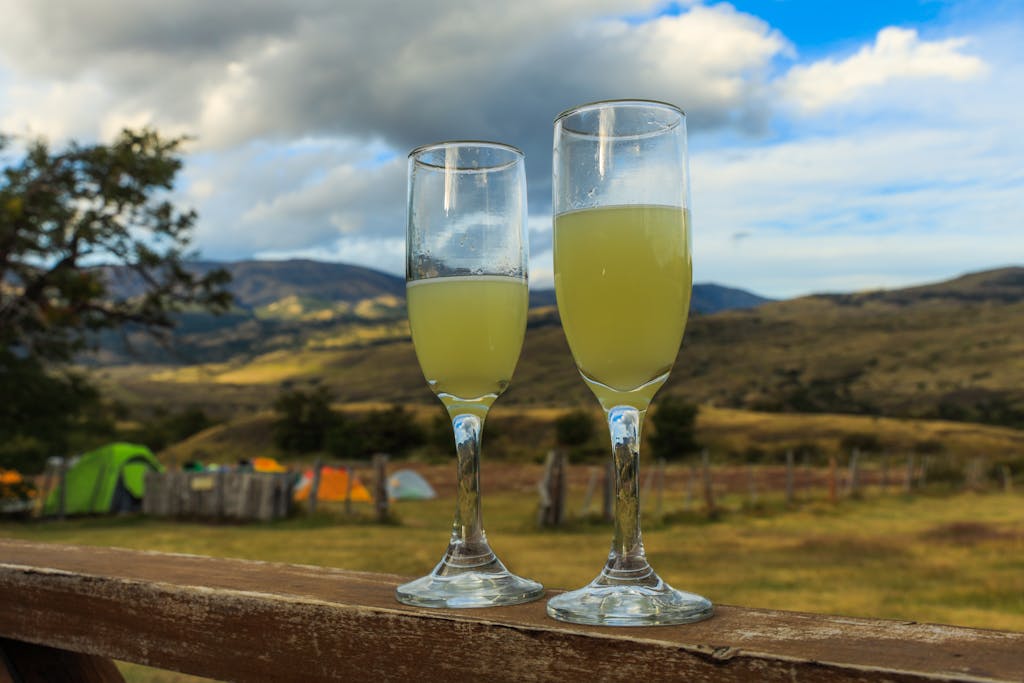
In the modern era, Chile has produced far more pisco than Peru. While most Peruvian pisco distillers remain quite small, Chile has been known for industrial-scale pisco production from producers like Capel and Mistral that have dominated the export market until recently. Bottled pisco cocktails and marketing campaigns for Piscola cocktails that mix pisco with soda have been around for decades.
The rules are looser in Chile than in Peru, which has its pluses and minuses. Produced in the Atacama and Coquimbo regions in the north of the country, the lack of restrictions means that water can be added to lower the ABV of the spirit, but they can also be more experimental. Artisanal distilleries in Chile are leveraging the more flexible rules to produce three distinct types of pisco: transparente (unaged), de guarda (aged for up to 180 days in wood barrels) and envejecido (aged for over 360 days in wood barrels). This is resulting in many exciting new piscos that taste nothing like anything you will find in Peru.
The celebratory pisco sour
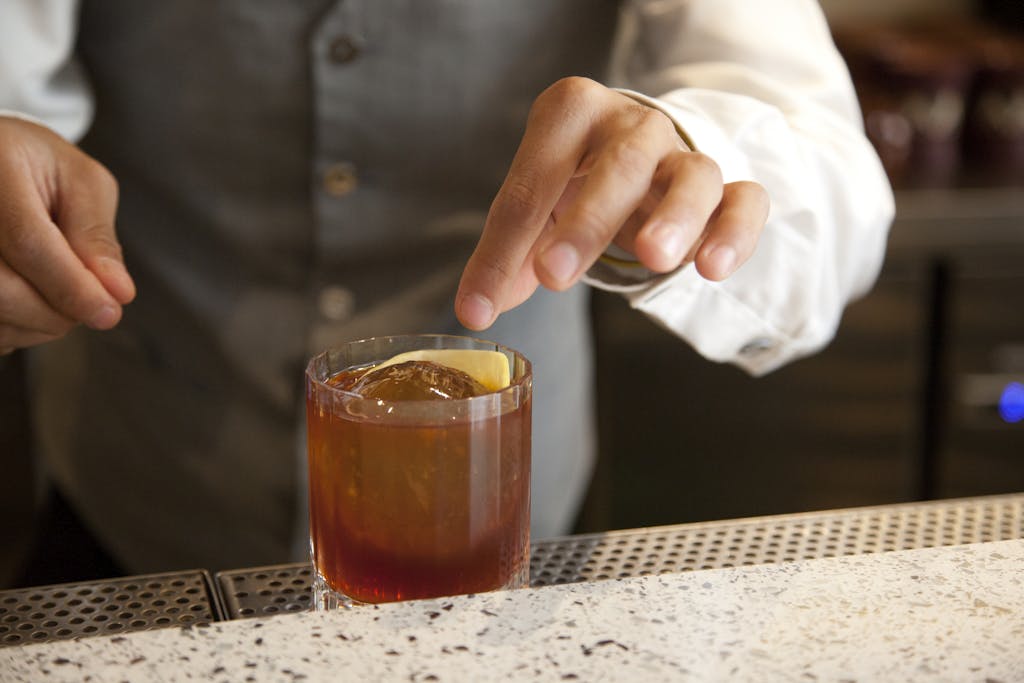
Whether you are in Peru or Chile, the celebratory cocktail is usually the pisco sour. Like pisco itself, its origins are murky. Credit is usually given to an American expat named Victor Morris, who served the cocktail on July 28, 1904 for the inaugural opening of Cerro de Pasco railway, where he was an employee. At The Morris Bar, which he opened in center of Lima in 1916, it became especially famous and was exported to wherever there was pisco, including Chile.
However, recipe books that predate Morris show directions for making a drink that’s the same as the pisco sour. As it’s essentially a whiskey sour with pisco instead of whiskey, it’s not far-fetched to think others may have created it. Still, it has become a source of national pride for Peruvians.
Whether you drink a pisco sour in Peru or Chile, the general expectation is the same: to celebrate. It might be a birthday, a special moment or just a nice way to start lunch. The recipes can vary, depending on the bartender. In Peru, they tend to add egg whites like a classic whiskey sour, while in Chile the practice is less standard.
Either way, pisco leaves a lasting impression on the palate.
Ready to savor Chilean or Peruvian pisco? Silversea’s cruises to South America offer ample opportunities to learn more about this famous spirit.



